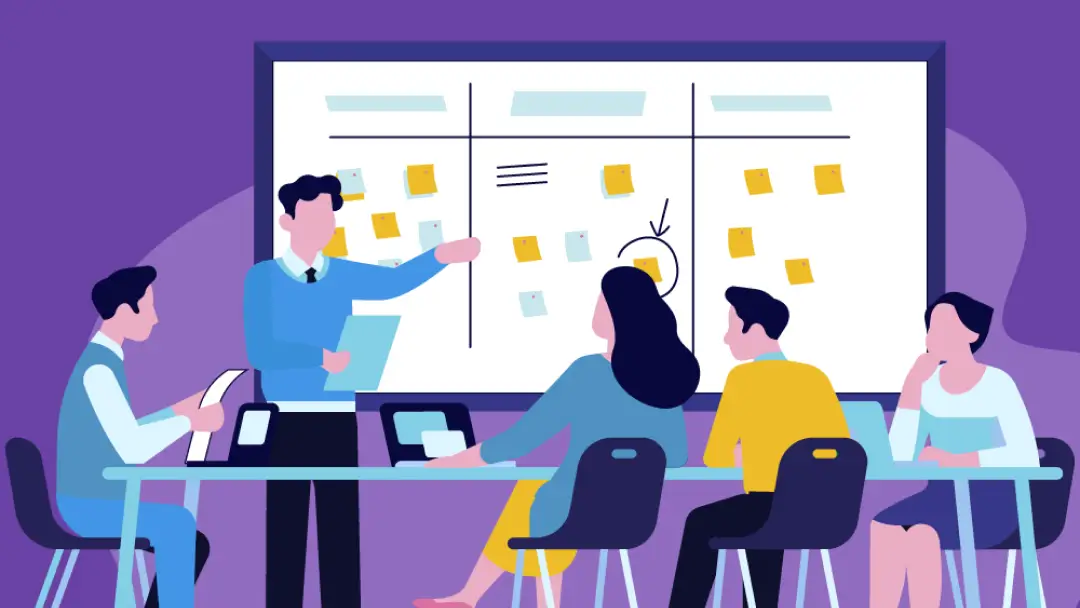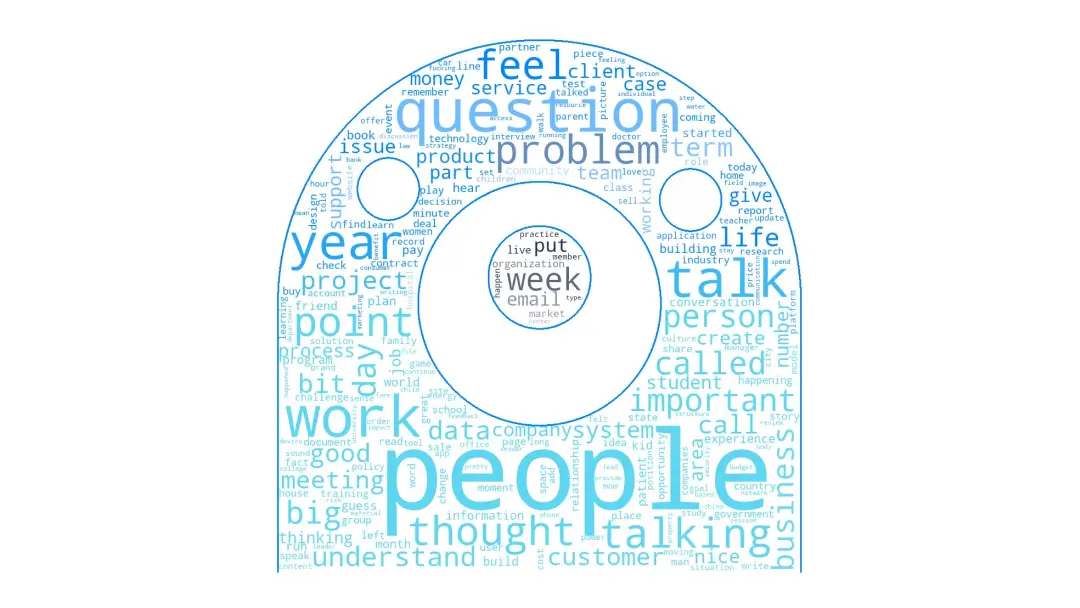Transcription Technology that Can Make Your Work Environment More Inclusive

Transcription technology can be a valuable tool for creating more inclusive work environments, particularly for individuals who are deaf or hard of hearing, or who have difficulty speaking or understanding spoken language. By transcribing spoken words into written text in real-time, transcription technology allows these individuals to fully participate in meetings, conferences, and other workplace events.
Here are some ways in which transcription technology can help create more inclusive work environments:
1. Improved communication
Transcription technology enables individuals who are deaf or hard of hearing to fully participate in conversations and meetings by providing them with written transcripts of the spoken words. This can help ensure that everyone is able to communicate effectively and be included in the conversation.
2. Increased accessibility
Transcription technology can make workplace events more accessible to individuals with disabilities, as it provides written transcripts of spoken words that can be easily accessed and read by anyone. This can be especially useful for individuals who are blind or have low vision.
3. Greater convenience
Transcription technology allows individuals to review and reference spoken words at their own pace, rather than trying to keep up with the conversation in real-time. This can be particularly helpful for individuals who have difficulty understanding spoken language or who need extra time to process information.
4. Enhanced Collaboration
By providing written transcripts of spoken words, transcription technology can help facilitate collaboration among team members who may have different communication needs. This can lead to more productive and efficient teamwork.
Overall, transcription technology can be a powerful tool for creating more inclusive work environments and improving communication and accessibility for all employees - that’s why a growing number of professionals and organizations look to Otter.




















